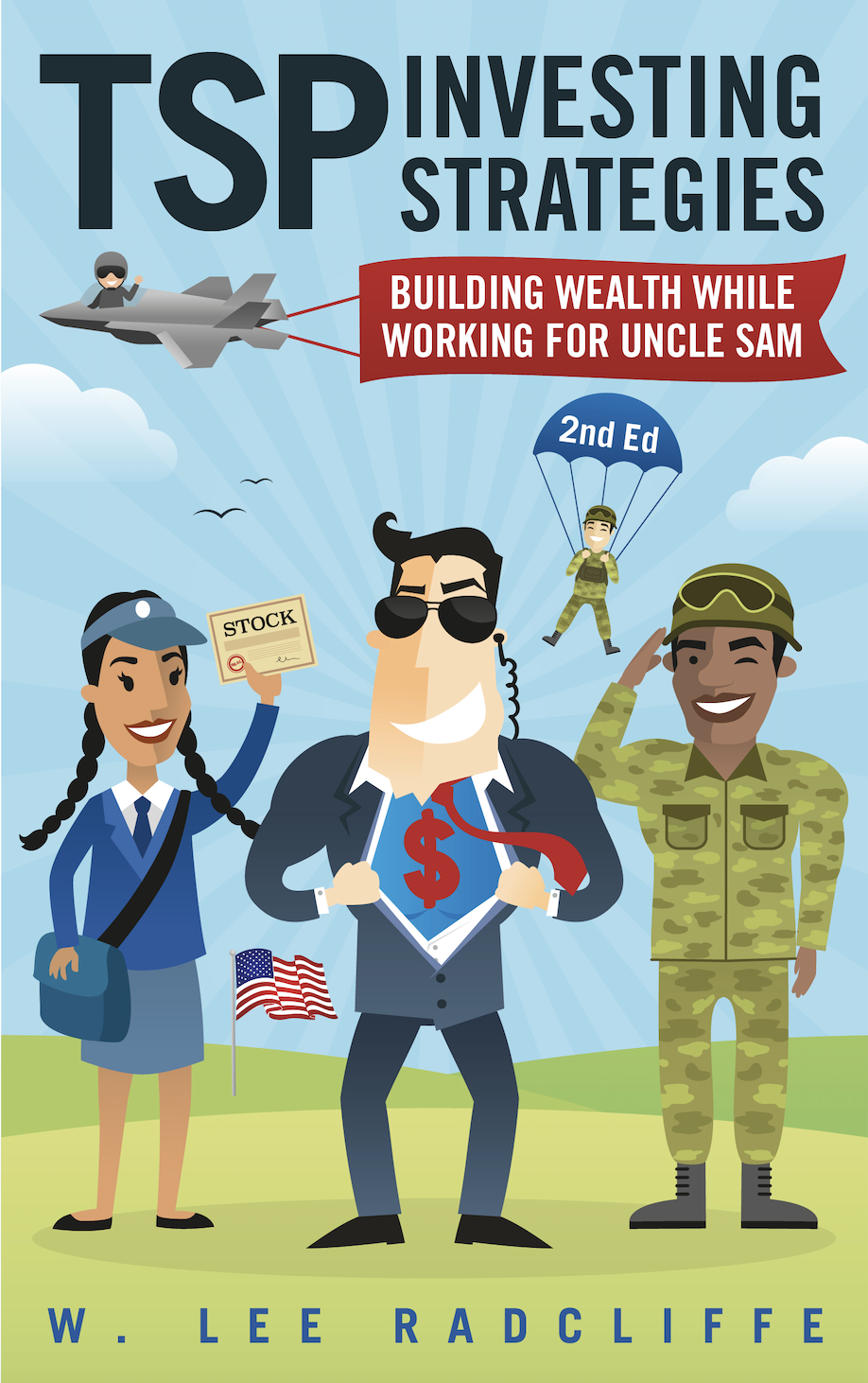F Fund Developments
December 19, 2012
In perhaps the most underwhelming news of the month, it was recently announced that BlackRock would continue to manage the Fixed Income Index Investment Fund – the F Fund. (Management of the fund was recompeted this summer.) BlackRock won a one-year contract with four one-year options for renewal. BlackRock had managed the fund since it acquired Barclay’s Global Investors – the former manager of the fund – in 2009.
This likely bodes well for BlackRock in continuing to manage the stock funds, whenever they come up for re-compete.
The more impactful news, to my mind, is that the yield of the F Fund has now approached parity with the G Fund. Throughout the 25-year history of the TSP, the F Fund has generally offered a higher yield than the G Fund, and therefore has outperformed it. This is evident when comparing the returns of the F and G Funds over the past 25 years.
The F Fund’s return is based on both the yield paid by the bonds owned in the fund and by the appreciation of those bonds. I use the term “appreciation,” because over the past 25 years the bonds owned in the F Fund have generally appreciated in value as interest rates have fallen. The value of a bond appreciates as interest rates fall, and interest rates have fallen continuously since the 1980s, when they were in the 10%+ range. So the F Fund has performed remarkably well over the past 25 years.
Now that the yield on the F Fund has fallen to an extremely low 1.65%, there is very little chance that it will fall any further – and there is thus very little chance that the value of the bonds in the F Fund will continue to appreciate. However, there is a much greater chance that bond yields will go up in the medium-term, detrimentally impacting the value of the bonds in the F Fund. If interest rates go up in any sustained way, the return of the F Fund will be negatively impacted.
Return on the G Fund, by contrast, is determined solely by the yield earned on the specially issued U.S. Government bonds. While the yield of the G Fund fell to record lows in the second half of 2012, they have begun to rise again in December, if only slightly. For the past 12 months through the end of November, the G Fund is returning about 1.5%, slightly below the current yield of the F Fund.
Assuming that interest rates will rise as the U.S. economy improves over the next few years, the value of the bonds held by the F Fund will go down, because investors will sell old bonds with lower interest rates to buy newer bonds that offer higher interest rates. While the interest rates paid by the newer bonds in the F Fund will be higher, the value of the older bonds will go down by more, so that the total return of the F Fund could be negative over the medium term.
In theory, the G Fund is designed so that the monthly interest rate paid by the underlying bonds held in the fund will rise as the interest rates on U.S. government bonds rise. (I say theoretically, because we have yet to experience a prolonged period of rising interest rates to show that this is indeed the case.) Thus, the G Fund should provide a greater yield in a rising interest-rate environment.
Ultimately, this means that over the medium-term the F Fund will probably underperform the G Fund, particularly when interest rates begin to rise again. And this is why famed indexer Jack Bogle warned about potentially poor returns of bond funds similar to the F Fund back in August.
While I featured the F Fund in several model portfolios in TSP Investing Strategies, I would now advocate replacing the F Fund with the G Fund in each of those model portfolios. I personally no longer invest in the F Fund because I believe returns will suffer in the coming years, especially as interest rates rise. The prudent investor should remain aware of the possible pitfalls of the F Fund in the coming years, and invest accordingly after consulting with a trusted, fee-only financial advisor.
Related topics: blackrock f-fund